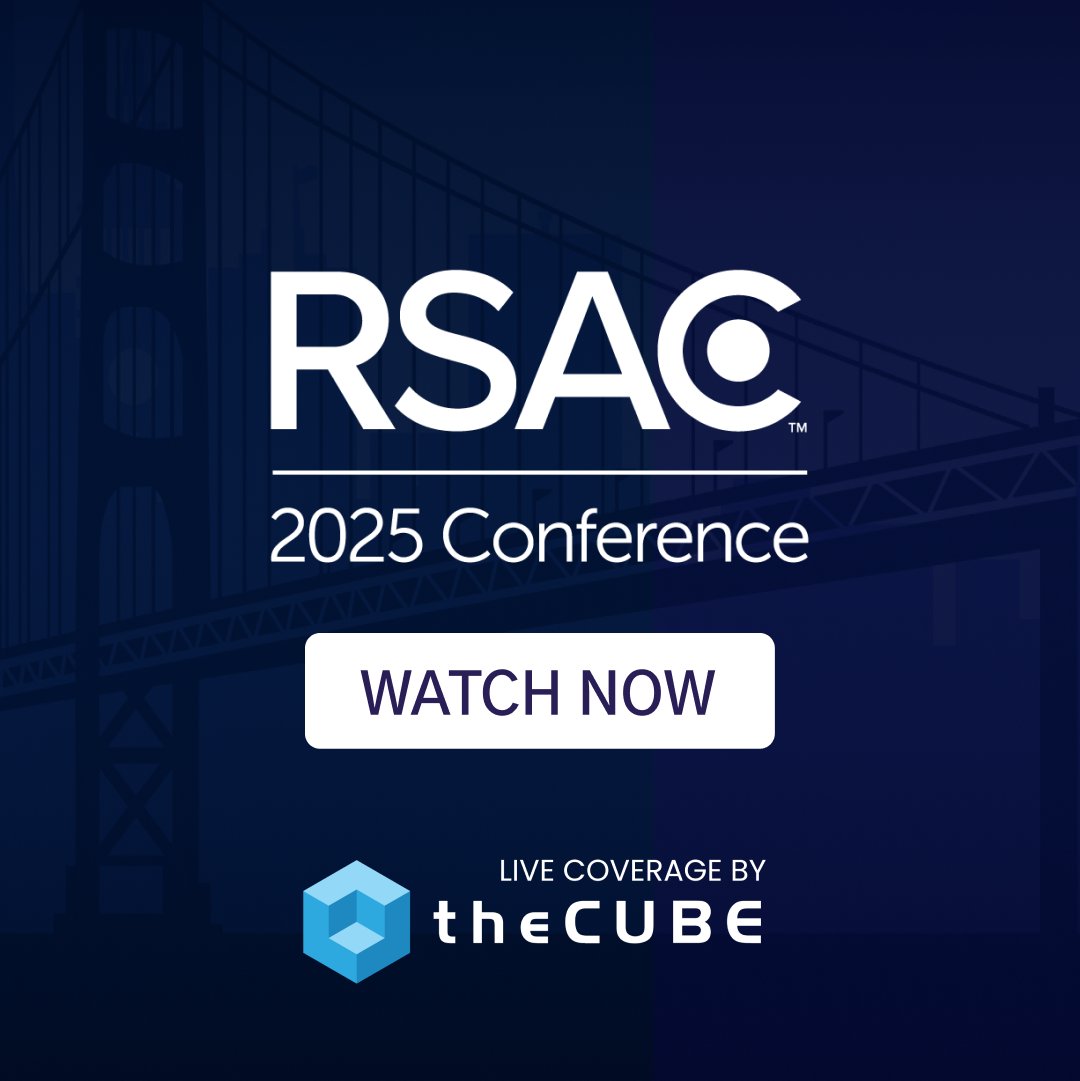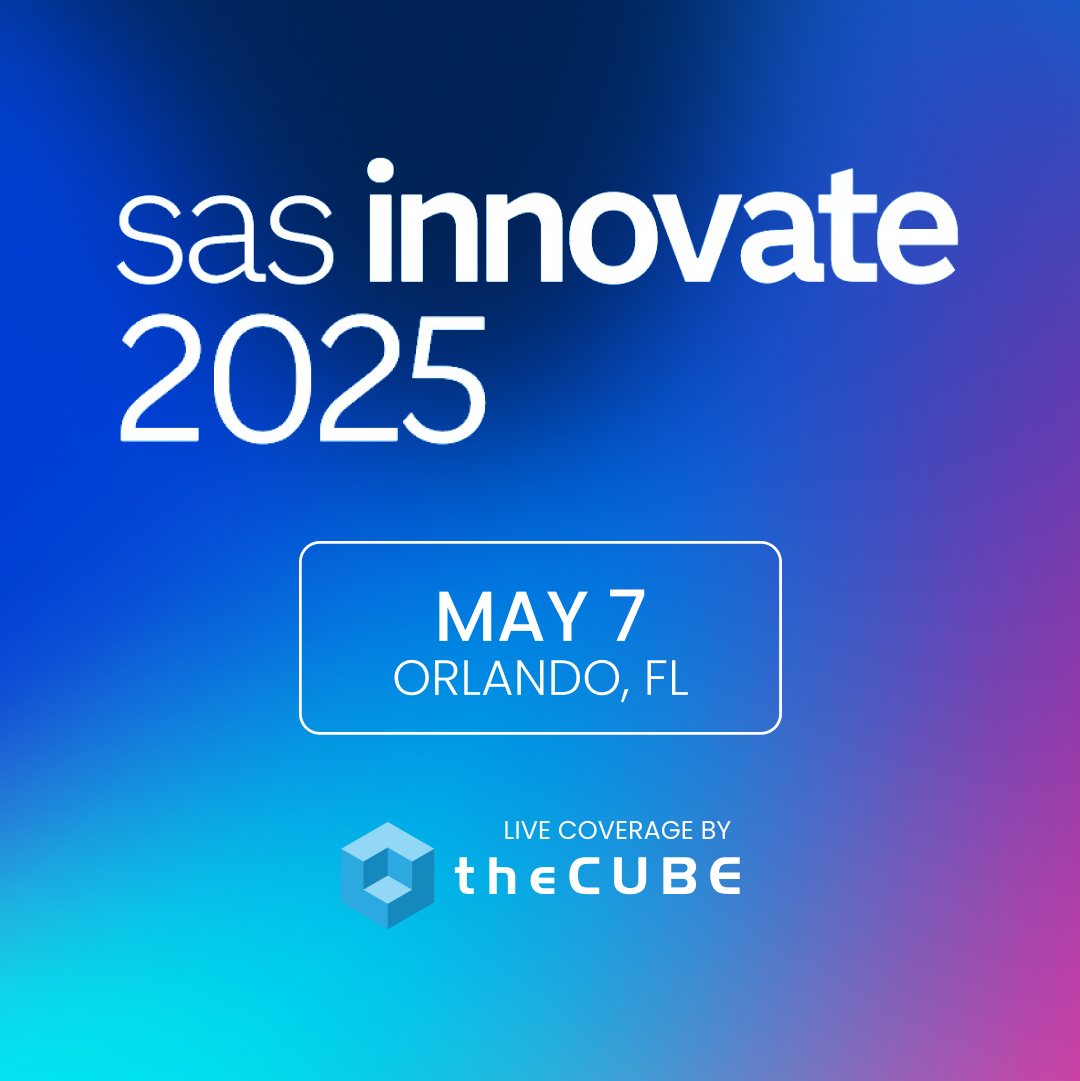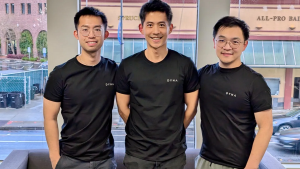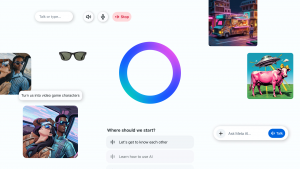Smart Cars Take the Scenic Route : Benz’s Smart Glass + Highways that Charge
In this week’s SmartCar edition, we’ll be featuring a luxury car amped up with magic glass, smarter highways and parking lots, and ways developers are coping up with the huge wave of smarter cars being produced.
![]()
Magic Sky Control
By this time next year, Mercedes Benz will be unveiling an upgraded version of its S-Class automobile. As an option for consumers, the S-Class sedans can be fitted with a panoramic glass roof that has been tweaked using Research Frontiers’ patented SPD-SmartGlass technology.
Dubbed the Magic Sky Control, people can change the appearance of the glass from tinted to a clear pane of glass with the touch of a button. This will give the people in the car the enjoyment of riding like the top is down, but still have the AC blasting. The best part about Magic Sky Control is that aside from it being bigger than the usual sun roof, in either mode, it effectively blocks UV and infrared rays keeping the cabin cooler and protecting the passengers from the sun’s harmful rays.
The incorporation of new technology is also a boon for the German automaker, as indicated by a rather boastful speech from Joseph M. Harary, President and CEO of Research Frontiers, during a recent investor call.
“The new Mercedes-Benz S-Class promises to be the most technologically advanced vehicle in the market in terms of luxury, technology, comfort and safety,” Harary starts. “It will offer the largest panoramic Magic Sky Control roof ever put into serial production. The surface area of the panoramic roof using SPD-SmartGlass technology on the S-Class is approximately three times the size of the roof glass used on the current SLK and SL roadster, and third-party market forecasters estimate that the total vehicle production volumes for the S-Class will be higher than the SLK and SL roadsters combined.
“Because of these high production volumes, greater surface area per vehicle, and the anticipated high take rates for this option by S-Class buyers, we believe that the addition of the S-Class next year to the two other Mercedes car models currently using SPD-SmartGlass technology should result in significantly higher royalty income to Research Frontiers from the automotive market starting next year. The addition of this new car model is also significant since it applies our SPD-Smart light-control technology to the broader class of vehicles by moving beyond roadsters to now also be in passenger sedans.”
See a collection of our Smartworld series on Springpad!
Smarter roads and parking lots
Scott Brusaw and his team at Solar Roadways are thinking of ways to make our roads, and even parking lots, smarter and more serviceable to electric cars.
The company is developing panels that could generate electricity, transmit information, and even make roads and lots safer. The panel is composed of three layers that serve different purposes. The top layer is made up of a glass panel that has undergone rigorous traction, load, and impact resistance testing. It has a hexagonal shape that allows it not only to absorb sunlight from any angle but also to project LED light in every direction.
The middle layer contains the microprocessor senses loads from the road surface, sends communication to the rest of the grid, and contains the heating element that will keep ice and snow off of road surfaces. And the bottom layer acts as the smart grid, transmitting power up and down the road with the possibility of fiber-optic cables and leaky cables to bring internet access and eliminate the need for cell phone towers.
The panels have the ability to generate energy, as well as emit it. Which means that if they’re planted on roads, electric cars driving by would get charged, this would eliminate the need to gas up. Also, parking lots can be fitted with these panels so electric cars can get juice while you’re at work or doing your shopping. Since the panels can also emit light, it would make it easier for drivers to see at night, as the road is illuminated.
Ford OpenXC
As cars are being more viably connected to the internet, the need for apps to go with these smart cars is also rising. Though car manufacturers have their own APIs and app development process, one car company has reached out to developers by providing a platform for experimentation.
![]() Ford Motor Company’s Silicon Valley Lab has a warehouse full of software developers learning how to create their own apps using Ford’s OpenXC, a combination of open source hardware and software that lets you extend your vehicle with custom applications and pluggable modules.
Ford Motor Company’s Silicon Valley Lab has a warehouse full of software developers learning how to create their own apps using Ford’s OpenXC, a combination of open source hardware and software that lets you extend your vehicle with custom applications and pluggable modules.
TJ Giuli, a researcher from Ford, stated that the company needed to “create a system that allows individuals to do something completely different than we ever would have thought of, or intended to do.” And so OpenXC was created.
Though OpenXC may seem like a developer’s dream, it has a lot of constraints. For one, OpenXC would not allow the developers to get into the infotainment system of a vehicle, since it is considered as the most powerful and complex part of the vehicle and there are tons of security around it.
Still, Giuli believes that giving this to developers would lead to the creation of apps that would be very beneficial for car owners.
A message from John Furrier, co-founder of SiliconANGLE:
Your vote of support is important to us and it helps us keep the content FREE.
One click below supports our mission to provide free, deep, and relevant content.
Join our community on YouTube
Join the community that includes more than 15,000 #CubeAlumni experts, including Amazon.com CEO Andy Jassy, Dell Technologies founder and CEO Michael Dell, Intel CEO Pat Gelsinger, and many more luminaries and experts.
THANK YOU













